In recent years, Cyprus has been undergoing extensive rehabilitation and reconstruction of historic buildings. More and more owners and investors are opting to take advantage of the Historic Properties Benefit Program by restoring them for residential or commercial use.
Benefits of restoring and preserving historic buildings
The restoration and preservation of historic buildings is a practice that is encouraged worldwide due to its many benefits. The renovation of historic buildings not only maintains the island's cultural legacy, but also contributes significantly to its economic and social well-being. The renovation of historic buildings stimulates the local economy by creating jobs and has a favorable impact on tourism. The restoration and repurposing of existing historic properties is a serious alternative to new construction, reducing the carbon footprint and saving valuable resources in line with the environmental goals of the modern world.
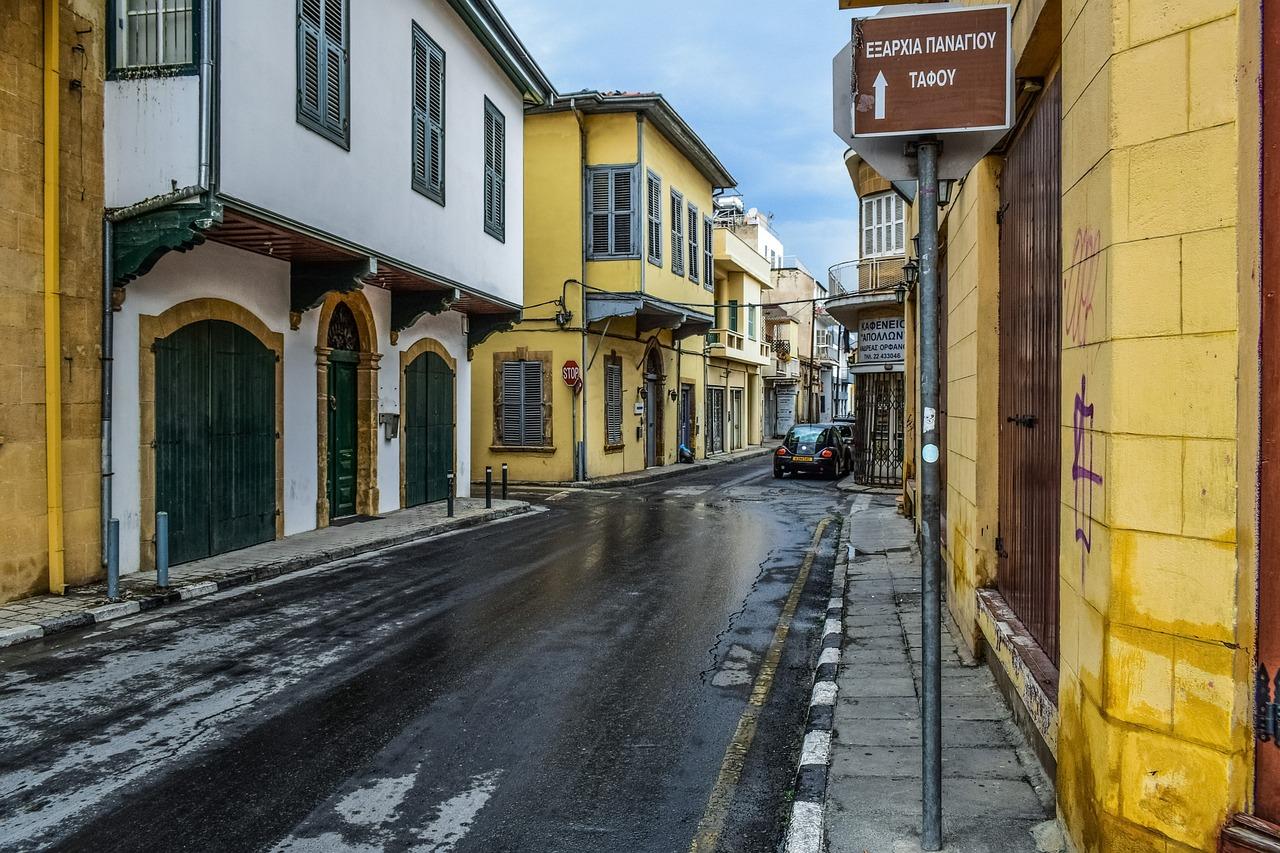
Which buildings are considered historic?
A building for which a Conservation Ordinance has been issued by the Secretary of the Interior in accordance with the Town Planning and Zoning Law (Article 38) is considered historic. The relevant Decree is published in the Official Gazette of the Republic of Cyprus. A traditional building is not necessarily declared historic, even if its architectural value and antiquity are obvious. To be able to benefit from the Program for Historic Buildings, a Preservation Decree for a specific building must first be obtained.

How to submit an application to have a building recognized as historic?
Applications for historic building recognition can be submitted for properties located in any part of Cyprus (both urban and rural). The application must be signed by all owners and accompanied by the necessary documentation (copies of the title deeds, topographical maps, photographs, detailed description, etc.). The application is submitted on a special form to the Conservation Division located in the central offices of the Land Department. A Preservation Ordinance may be issued for buildings with special architectural, historic, social, or other specific interest or character. The building's typology, form, and construction materials, as well as the historical and social events associated with it, play a role in its evaluation. Its location is also an important criterion, i.e., whether it is in an area of special character or a historic traditional center. Buildings outside these areas can only be recognized for preservation if they are of special significance.
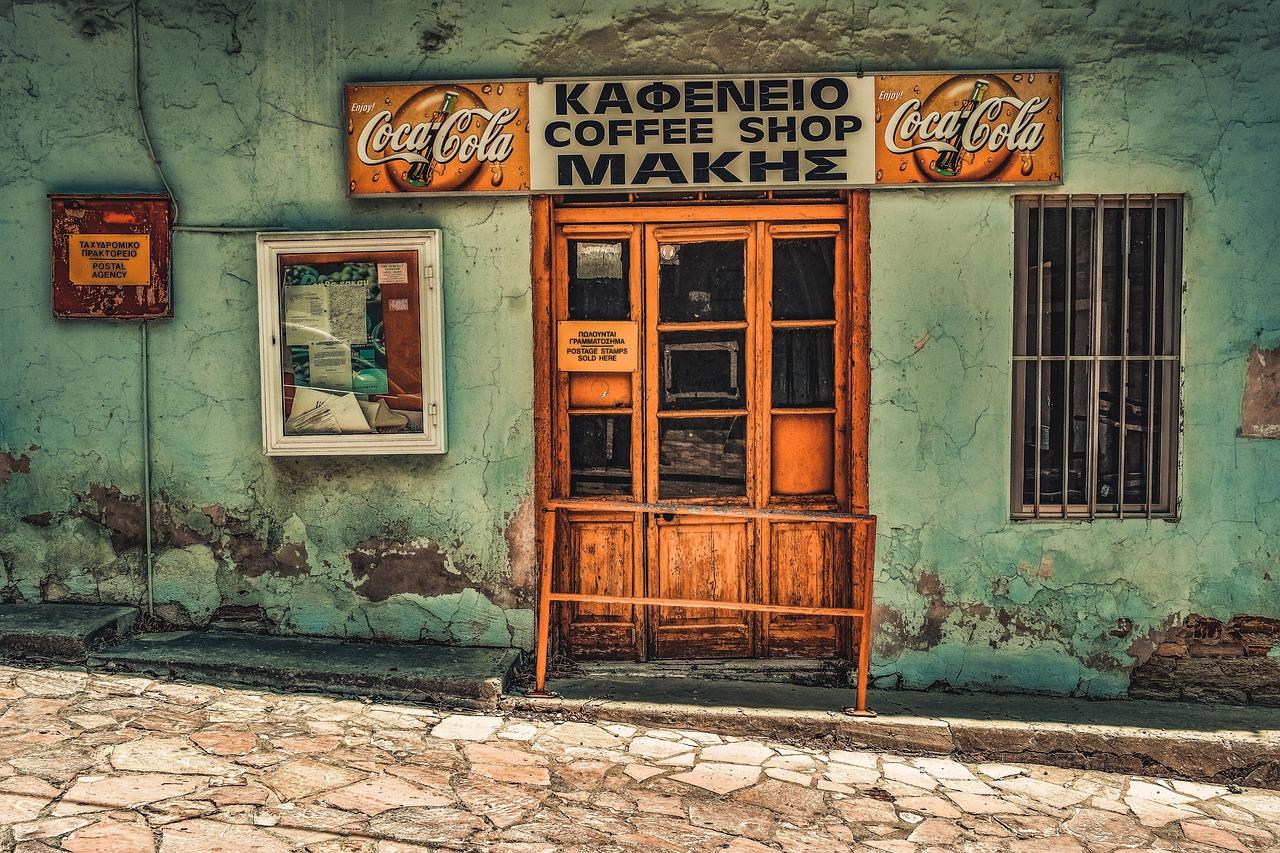
Financial incentives
For historic buildings in Cyprus, subsidies are available for their restoration and preservation. In order to calculate the subsidy for the preservation of a historic building, the costs of its restoration, which are certified by the State, must be determined. To determine the amount of the costs, two values are determined:
The first cost is the actual cost to rehabilitate the building, which is the estimate provided by the project owner of the contractors' rates, which is provided after the contractors submit bids.
The second cost is the maximum cost per square foot based on the estimate established by the State for the recognized square footage of the building, per the most recent amendment to the subsidy program made in 2022.
The lower of these two values is recognized as the recognized building value.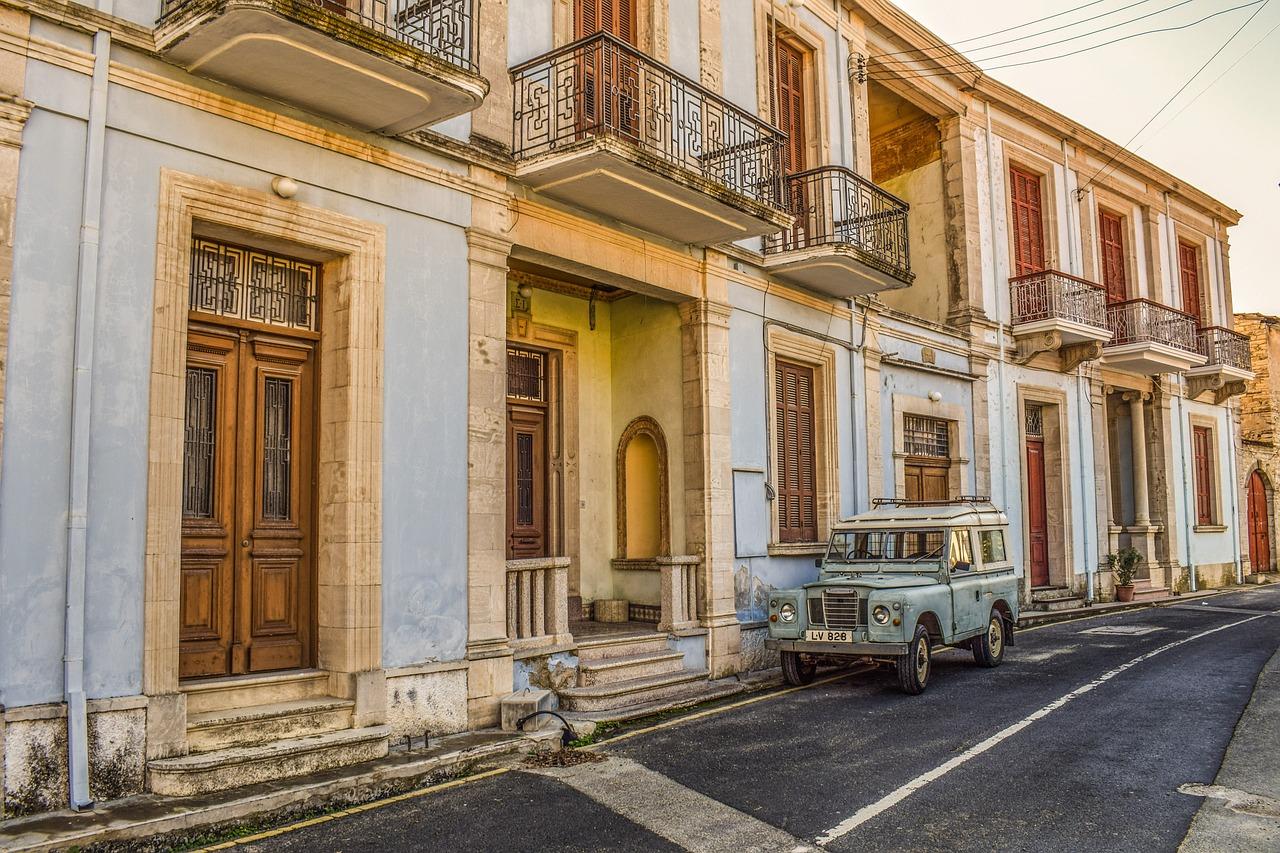
Recorded floor area
For recorded floor area of the existing historic building up to 30% of the measured area is added for possible intended expansions and additions. The additions must be a functional part of the historic property (e.g., bathrooms, kitchen, bedrooms, storage). It should be noted that additions or new structures that constitute an independent unit within the footprint of the historic site are not eligible for subsidy.
Recognized value
The maximum price per 1 m2 is considered to be:
1.4 thousand euros/1 m2 for buildings up to 300 m2;
1.3 thousand euros/1 m2 for buildings with an area between 301 m2 and 1 thousand m2;
1 thousand euros/1 m2 for buildings with an area of more than 1 thousand m2.
In the event that the recognized value is less than the real value (as proposed by the selected contractor), special works may be added for final calculation, which mainly include the reconstruction of the courtyard, since the historic courtyard is an integral part of the building. This work includes the reconstruction or construction of traditional fencing, dry masonry, traditional paving, furnace, outbuildings, and other authentic features, as well as the reconstruction of existing murals and wall paintings, and other specific structures, as well as additional costs for transportation of materials if the building to be preserved is not accessible by conventional vehicles. Maximum amounts and percentages for special work shall be established by the Director of the Department of Planning and Housing with the concurrence of the Advisory Committee for Preservation Grants, which includes representatives from the Ministry of Finance and the Planning Division of the Directorate General for European Programs, Coordination, and Development. Once a grant has been approved, no revisions to the recognized value resulting in an increase shall be accepted.
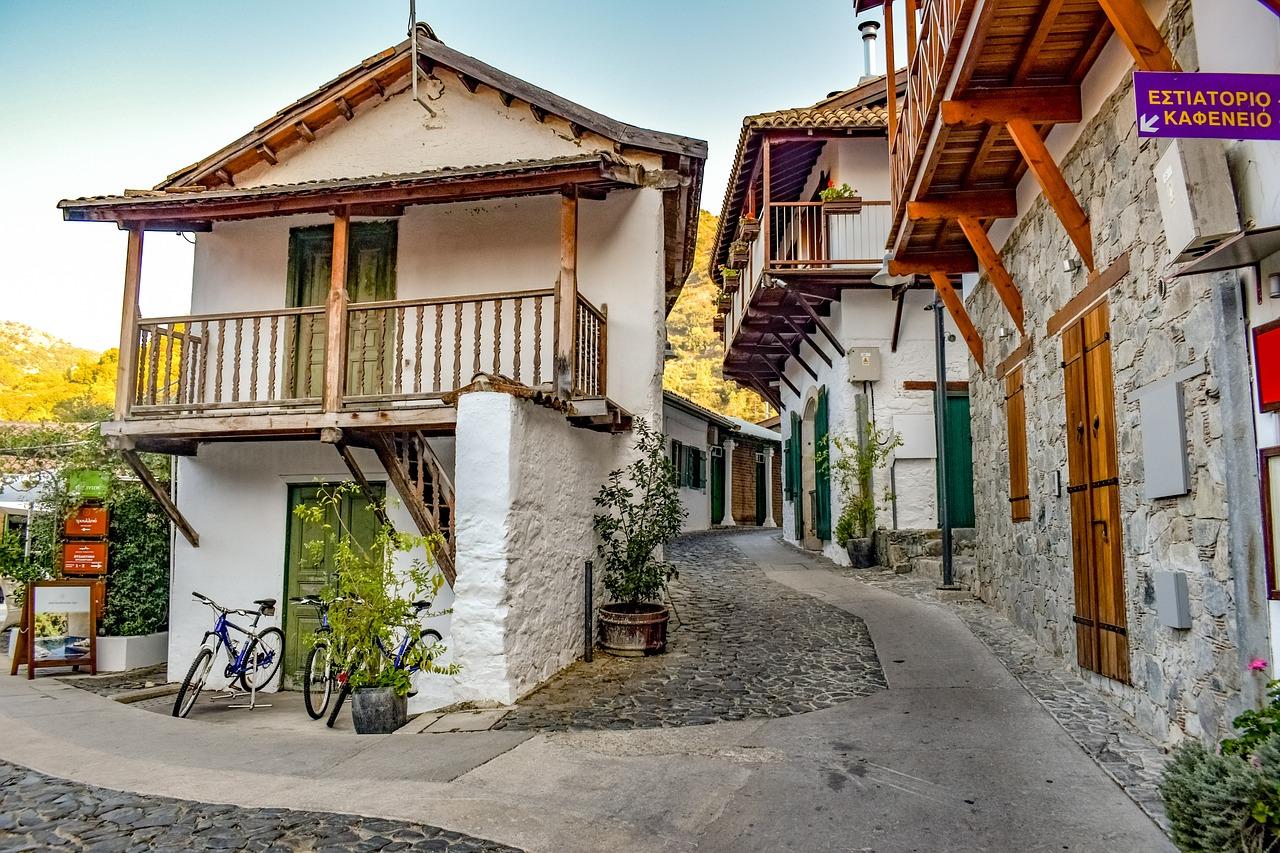
Subsidies
For all preserved buildings located in the urban agglomeration development plan areas of Nicosia, Limassol, Larnaca, Paphos and Polis, the subsidy is 40% of the recognized cost of maintenance.
For all other historic buildings located outside the city, the subsidy is 50% of the recognized cost of restoration.
The maximum amount of direct subsidy from the State does not exceed 100 thousand euros. This amount also includes 50% of the amount for the study and supervision of the project (up to 4 thousand euros), with a maximum fee of 10% of the real cost of the project. The total amount of the subsidy (from the Special Fund for retained buildings and from the transfer of the free construction factor to the State budget for retained buildings) will not exceed 50% of the recognized value.
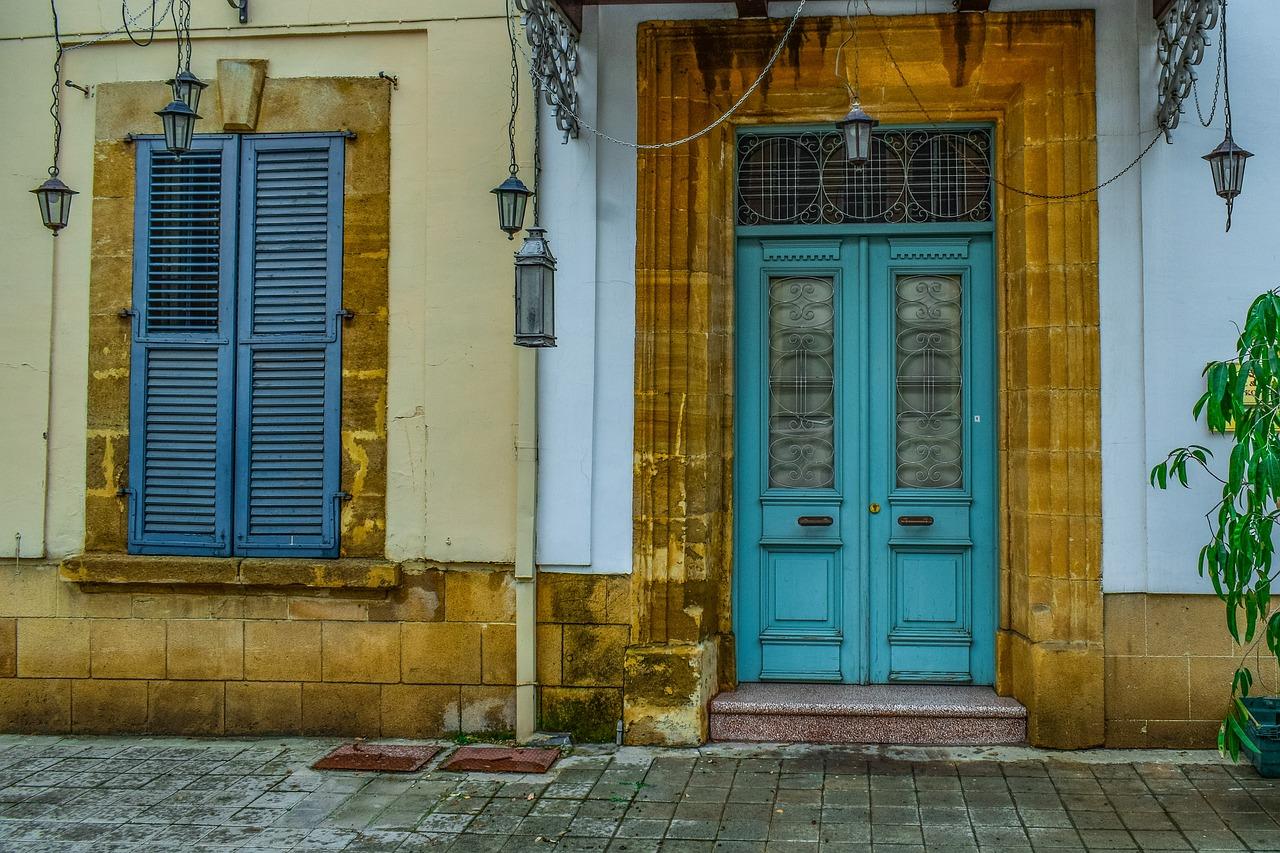
Tax incentives
Deduction of taxable income
Notwithstanding the current provisions of the Personal Income Tax Act, all expenses incurred solely and entirely for the purpose of preserving such building will be deductible for the purpose of determining the taxable income of owners of historic buildings who have obtained a Preservation Ordinance, if the Minister certifies that the expenses were incurred to complete the preservation of the building. The exception will be where the amount of expenditure exceeds the amount determined by the Cabinet by Decree published in the official gazette of the Republic of Cyprus for each square meter of the area of the building to be preserved.
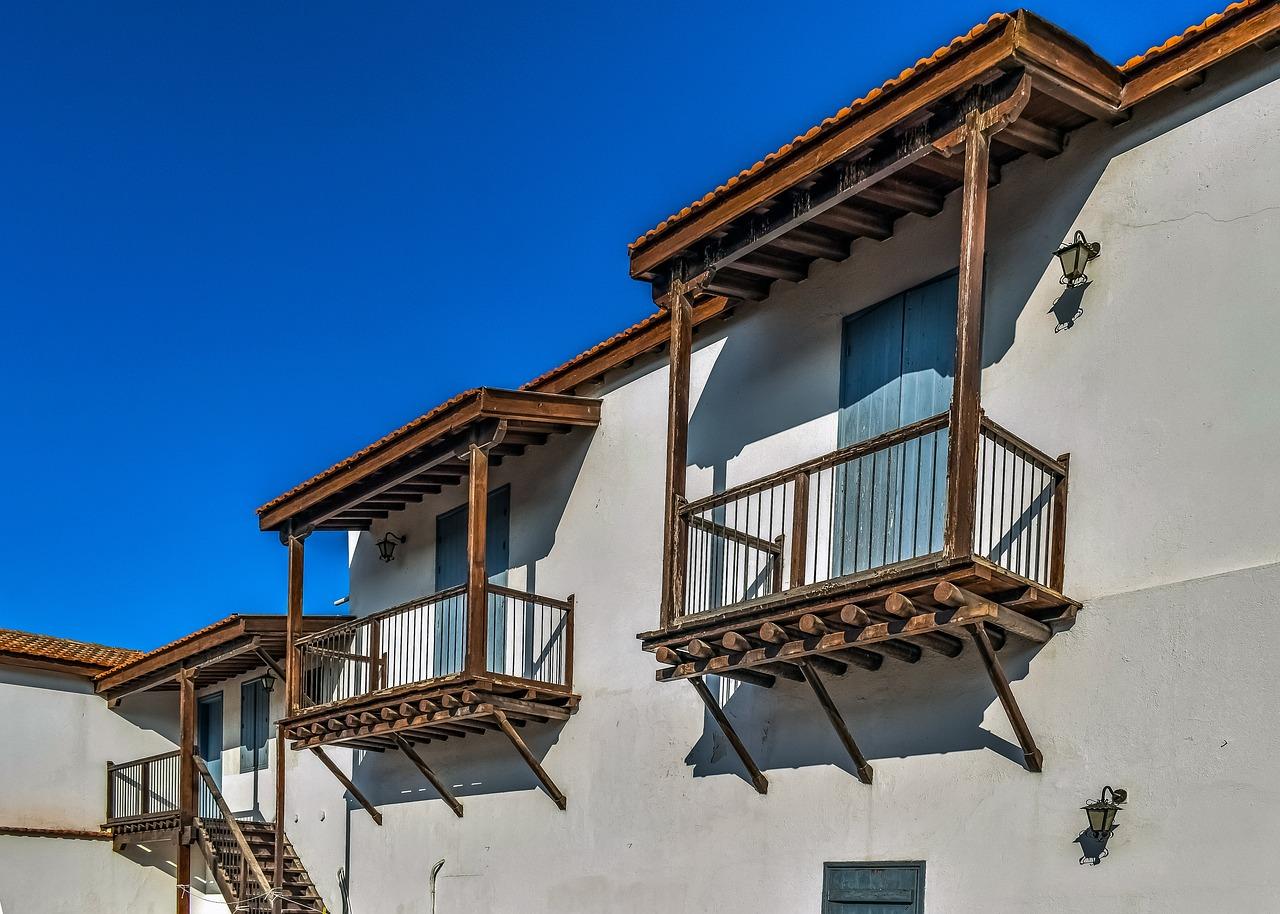
Exemption from tax on rental income
Exemption from income tax is granted on income derived from the rental of heritage properties (other than income specified in Article 8 of the Income Tax Law). As in the previous case, this requires confirmation from the Minister that all necessary conservation work has been carried out on the property.
Exemption from fees on property transfer rights
Historic properties are exempt from all fees on property transfer rights that were due at the time of the transfer of the landmark and will be returned to the person who made the transfer of such rights if a Minister's Certificate is provided to the Director of the Land Department certifying that preservation work has been completed on the structure within eight years or that the property is not in need of further preservation work.
Historic building rehabilitation and preservation grants are only available once for the complete rehabilitation of the entire property to be preserved. New benefits can only be granted after a twenty-year period has elapsed and in exceptional cases where the building to be preserved has been damaged due to specific causes (earthquake, fire, land subsidence).
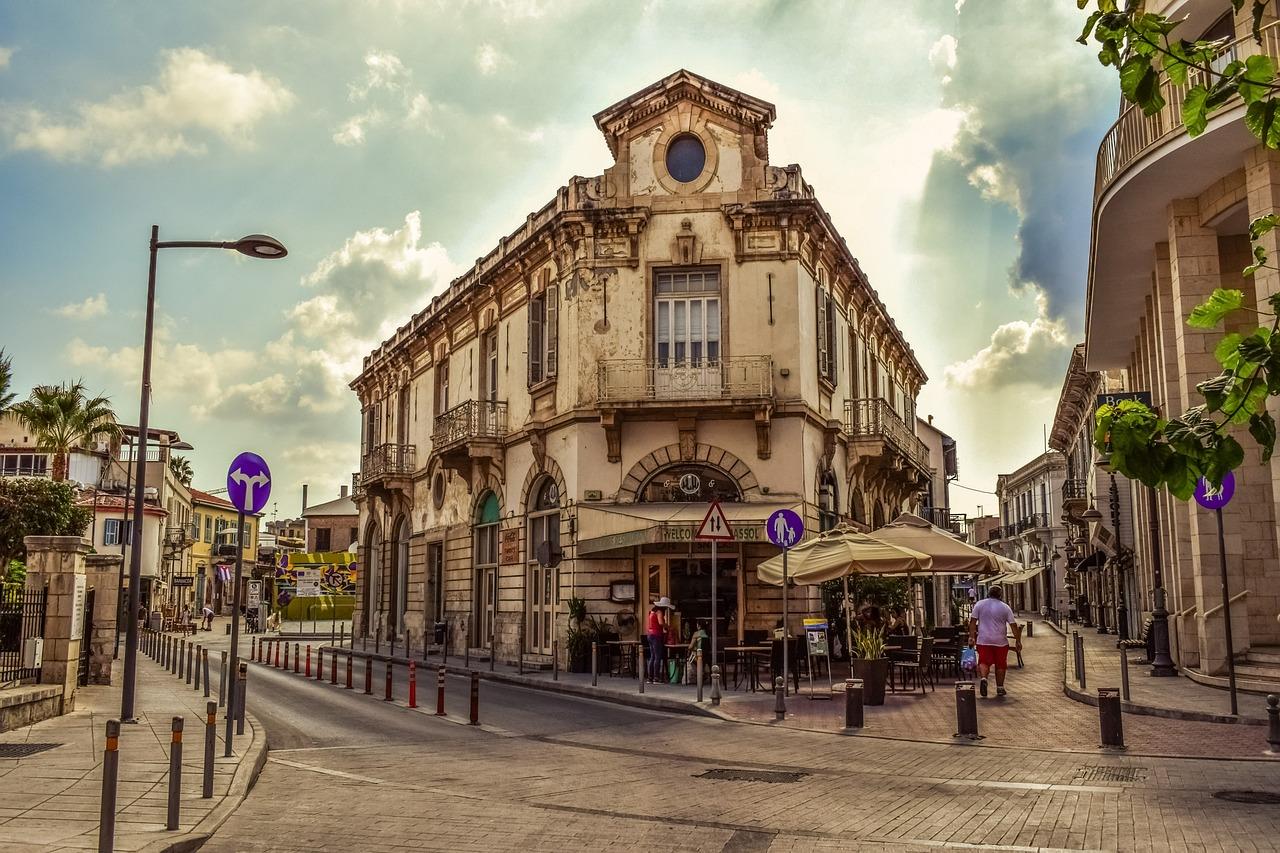
Read also:


